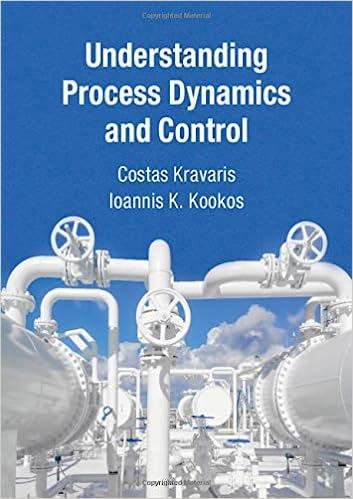Question
i) Demonstrate that if heat is removed from an ideal gas during an isobaric procedure, the gas' internal energy minimizes. ii) Half of a thermally
i) Demonstrate that if heat is removed from an ideal gas during an isobaric procedure, the gas' internal energy minimizes.
ii) Half of a thermally enclosed box contains a single mole of an ideal gas at temperature T. The other half is vacuumed. What happens to the gas's temperature, entropy, and Helmholtz free energy if a valve is abruptly opened, allowing it to fill the volume of the box?
iii) Given that there are N particles in the system, what relationship is found between the Gibbs free energy and chemical potential? Which of the aforementioned three state variables is an intensive one?
iv) The chemical potential of phase X is 1 and that of phase Y is 2 in a two-phase system operating at identical temperature as well as pressure. Describe in detail what relationship exists between 1 and 2 if the particles proceed from X to Y.
v) In a cylinder, six particles exist which do not interact with each other. Determine the ratio of the likelihood that the macrostate X:3 particles in the left half and 3 molecules in the right will exist compared to the likelihood that the macrostate Y: 6 molecules in the left half will occur.
vi) Establish that a molecule's mean potential energy in an isothermal environment is kT employing the Boltzmann distribution. Assume that the field of gravity is uniform and has a constant intensity of g.
Step by Step Solution
There are 3 Steps involved in it
Step: 1

Get Instant Access to Expert-Tailored Solutions
See step-by-step solutions with expert insights and AI powered tools for academic success
Step: 2

Step: 3

Ace Your Homework with AI
Get the answers you need in no time with our AI-driven, step-by-step assistance
Get Started


